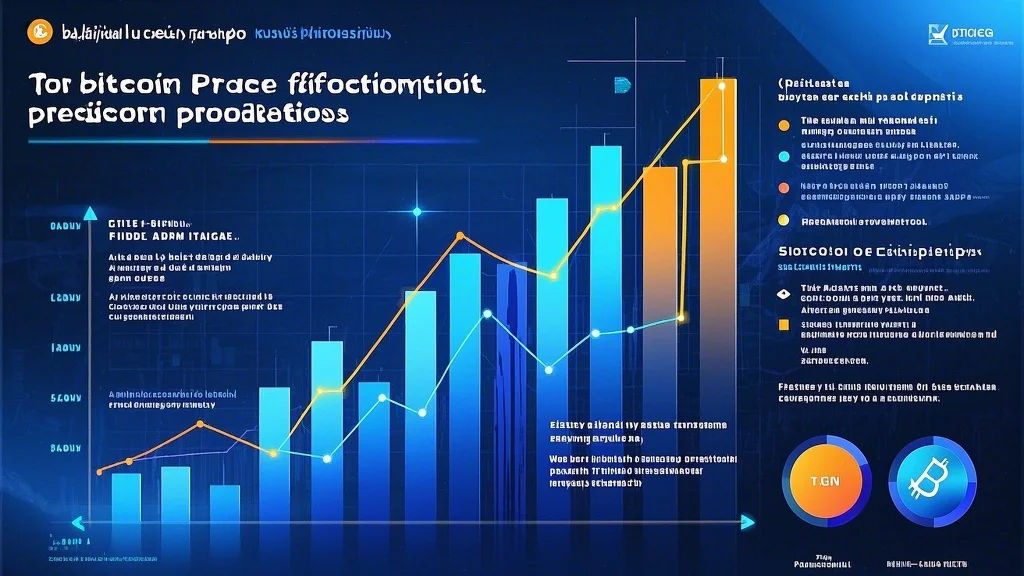The World of Bitcoin Price Prediction Models
The cryptocurrency market, led by Bitcoin, has become a magnet for investors and speculators alike. Its volatility and potential for high returns have made it one of the most talked-about assets in recent years. However, predicting Bitcoin prices remains a challenge, even for the most seasoned traders. This is where Bitcoin price prediction models come into play. These models aim to analyze historical data, market trends, and external factors to forecast future price movements.

The Role of Technical Analysis
One of the most widely used methods in Bitcoin price prediction is technical analysis. This approach relies on the study of historical price and volume data to identify patterns and trends. Technical analysts use tools such as moving averages, RSI (Relative Strength Index), and MACD (Moving Average Convergence Divergence) to predict future price movements. While technical analysis is subjective and not always accurate, it is a popular method among traders because it provides a visual representation of market behavior.
Fundamental Analysis
Another approach to Bitcoin price prediction is fundamental analysis. Unlike technical analysis, which focuses on price patterns, fundamental analysis looks at the underlying factors that could influence the value of Bitcoin. These factors include adoption rates, regulatory changes, technological advancements, and macroeconomic trends. For example, if a major country adopts Bitcoin as legal tender, this could significantly increase its value. Fundamental analysis is often considered more nuanced and requires a deep understanding of the cryptocurrency ecosystem.
The Rise of Machine Learning Models
In recent years, machine learning has emerged as a powerful tool for Bitcoin price prediction. These models are trained on vast amounts of historical data to identify patterns and make predictions. Some of the most common machine learning models used for price prediction include linear regression, decision trees, and neural networks. One of the advantages of machine learning is its ability to process large datasets and identify relationships that may not be apparent through traditional methods.
The Limitations of Bitcoin Price Prediction Models
While Bitcoin price prediction models can be helpful, they are not without their limitations. One of the main challenges is the high volatility of the cryptocurrency market. Bitcoin prices can be influenced by a wide range of factors, including market sentiment, news events, and even social media trends. Additionally, the models are only as good as the data they are trained on, and they may struggle to account for unexpected events.
Enhancing Bitcoin Price Prediction with Advanced Techniques
As the cryptocurrency market continues to evolve, so do the tools and techniques used to predict Bitcoin prices. In this section, we’ll explore some advanced methods that are gaining traction among traders and investors.
Sentiment Analysis and Market情绪
Market sentiment plays a crucial role in determining Bitcoin prices. Positive news, such as a major company adopting Bitcoin, can lead to a surge in prices, while negative news, such as regulatory crackdowns, can have the opposite effect. Sentiment analysis involves analyzing social media trends, news articles, and other sources of information to gauge market sentiment. This approach is often used in conjunction with other methods to improve the accuracy of predictions.
The Role of Volume Analysis
Volume analysis is another important factor in Bitcoin price prediction. In traditional financial markets, volume is used to confirm the strength of a trend. For example, a rising price with increasing volume suggests that the trend is likely to continue, while a rising price with decreasing volume may indicate a weakening trend. The same principle applies to Bitcoin trading. By analyzing trading volume, traders can gain insights into the strength of a price movement.
The Impact of Blockchain Analysis
Blockchain analysis is another advanced technique that is being used to predict Bitcoin prices. This method involves analyzing the flow of Bitcoin on the blockchain to identify patterns and trends. For example, if a large number of Bitcoin is moved to a specific wallet, this could indicate that a major player is accumulating Bitcoin, which could signal a price increase. Blockchain analysis is particularly useful for identifying large-scale movements that may not be apparent through other methods.
The Importance of Diversification in Prediction Models
No single Bitcoin price prediction model is perfect, which is why many traders and investors choose to use a combination of methods. Diversification is key to improving the accuracy of predictions. By combining technical analysis, fundamental analysis, and sentiment analysis, for example, traders can gain a more comprehensive understanding of the market. Additionally, diversifying across multiple models can help to mitigate the risks associated with relying on a single approach.
The Future of Bitcoin Price Prediction
As technology continues to advance, the future of Bitcoin price prediction is likely to become more sophisticated. AI-powered models, for example, are already being used to analyze vast amounts of data in real-time. These models can incorporate factors such as market sentiment, news trends, and even economic indicators to make predictions. As more data becomes available, these models are likely to become even more accurate.
Bitcoin price prediction models are an essential tool for traders and investors looking to navigate the volatile cryptocurrency market. While no model is perfect, combining multiple methods can significantly improve the accuracy of predictions. Whether you’re using technical analysis, fundamental analysis, or machine learning models, it’s important to remember that the cryptocurrency market is inherently unpredictable. By staying informed and adapting to new trends, you can make more informed decisions and maximize your chances of success in the Bitcoin market.